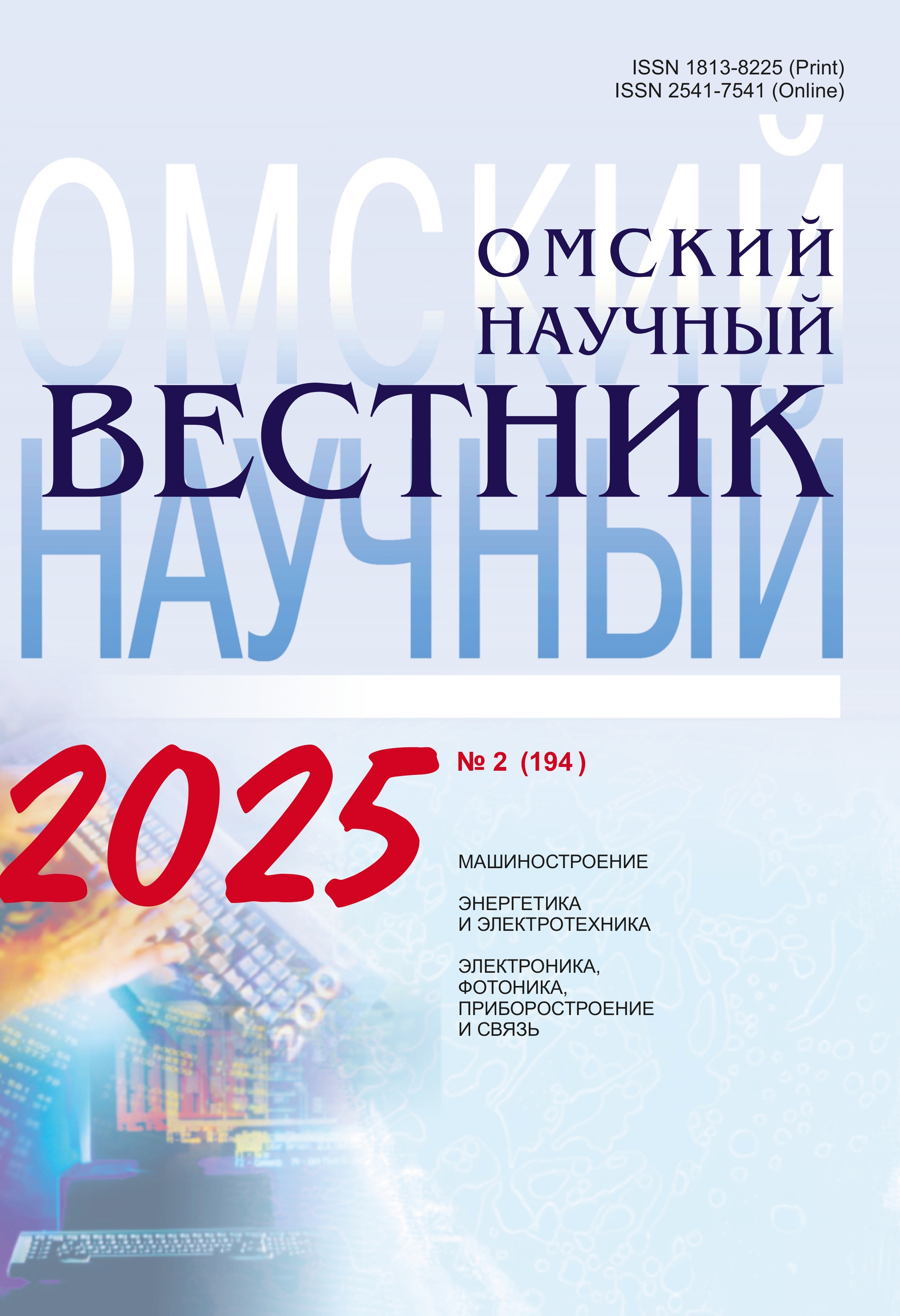HIL modeling of systems using the multipole filter
DOI:
https://doi.org/10.25206/1813-8225-2025-194-96-106Keywords:
real time digital modeling, HIL modeling, stability of the HIL modeling, Schur complement, method of SLAE solution, multipole pure delay filter (mppd-filter)Abstract
The article proposes an interface (multipole filter) that provides stability of the semi-natural modelling of the initial systems when the fragments of the system are represented by N-poles connected with each other by high intensity loopback (HIL). Thus, the article considers a generalized radio-technical system as an initial system, which fragments are N-poles that exchange currents and voltages with each other at every simulation through the proposed interface (2xN-pole/filter). The stability analysis of the HIL modeling process is carried out by circuit theory methods and numerical methods of systems of linear algebraic equations solution. The method of the stabilizing filter parameters determination is demonstrated. At these parameters the filter is an ideal delay line, i.e. the amplitude-frequency response of the filter does not depend on frequency, and the phase-frequency response changes directly proportional to frequency with the proportionality coefficient as the delay time. The adequacy of the obtained theoretical results is illustrated by means of numerical modeling on threephase inverter parts. Moreover, the article assumes that since the filter, with the correct choice of parameters has unique characteristics, it is not only an ideal delay line, but also a pure delay filter, as its amplitude-frequency response is constant and equal to one, it would be called a multipole pure delay filter (mppd-filter).
Downloads
Published
How to Cite
Issue
Section
License
Non-exclusive rights to the article are transferred to the journal in full accordance with the Creative Commons License BY-NC-SA 4.0 «Attribution-NonCommercial-ShareAlike 4.0 Worldwide License (CC BY-NC-SA 4.0»)




